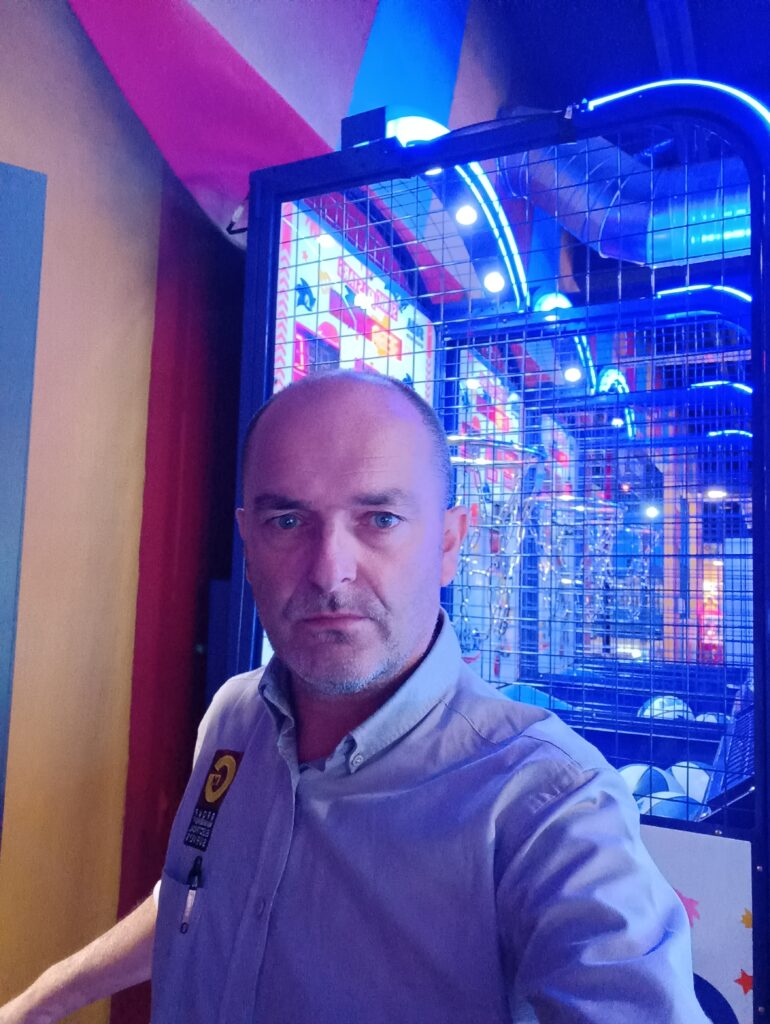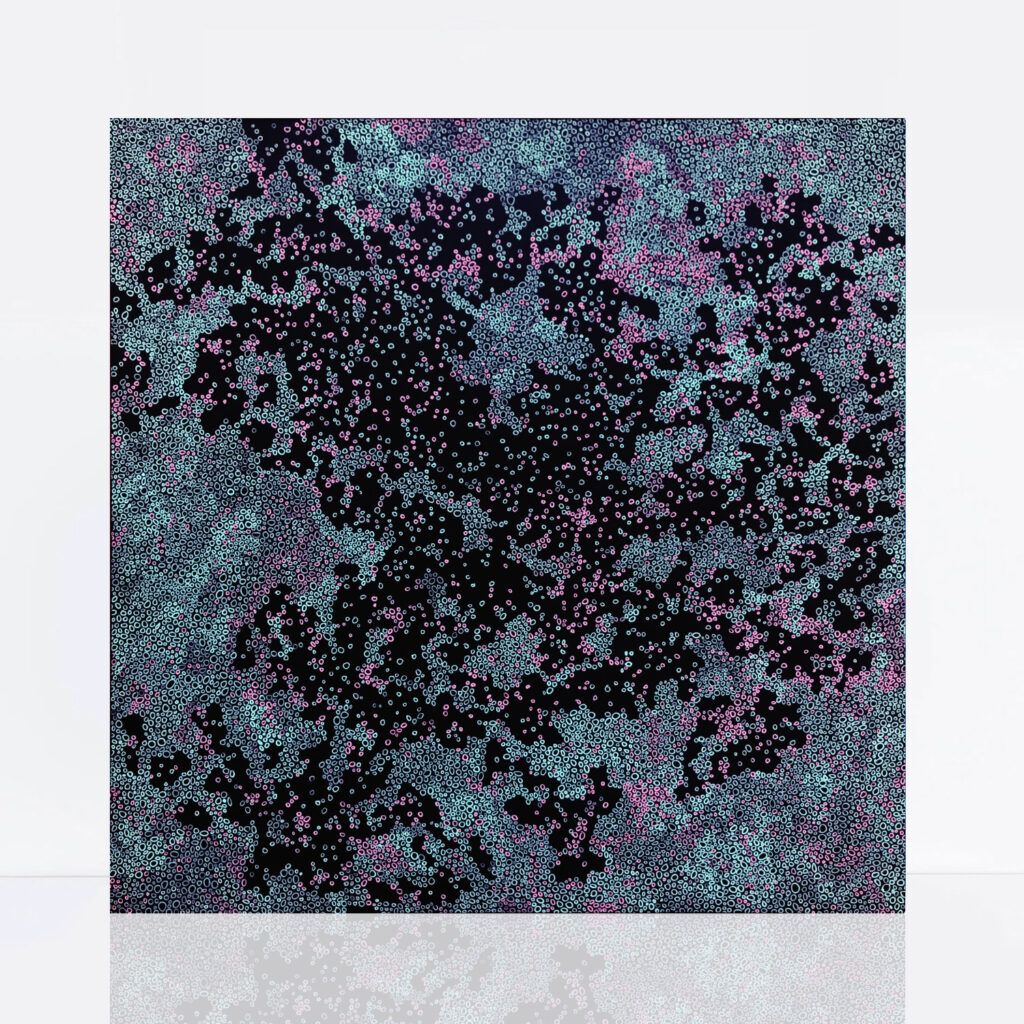Meet our #Warrioroftheweek, Anthony Routledge
Spotlight on: Anthony
I suddenly noticed my visual snow around 10 years ago in my mid-forties, but looking back, I know it was always there. I remember closing my eyes at night and seeing colorful snow against the black background of darkness. The snow was still there when I opened my eyes, but it was somewhat lost in normal vision. Now, the snow is more visible during my waking hours and is noticeably worse on a bright day, particularly in a room with white walls, like a dentist’s surgery or a kitchen.
When I first reported it to an optician, they scared me half to death by recommending an immediate eye inspection. I worried it was something terrible, but the optician who examined me typed “suffers from visual snow” into my notes. That was the first time I had heard the phrase, and I Googled it later. It’s a great comfort to know there are other sufferers, and that I’m not imagining it or going mad. I do have mild tinnitus, and I believe that visual snow is a very similar and related condition. They are both more prominent when the senses are deprived of stimulation. For example, my tinnitus is more noticeable when sitting quietly.
I find I can block out the worst effects of the snow if I keep moving and avoid places with blank walls and floors. I can’t really look at a clear sky without having a sense of falling or weightlessness.
I was referred to an ophthalmologist who was completely stumped and could only suggest cutting out caffeine, as he suspected I was suffering from ocular migraine. This had no benefit, and I see exhausting visual snow all the time.








